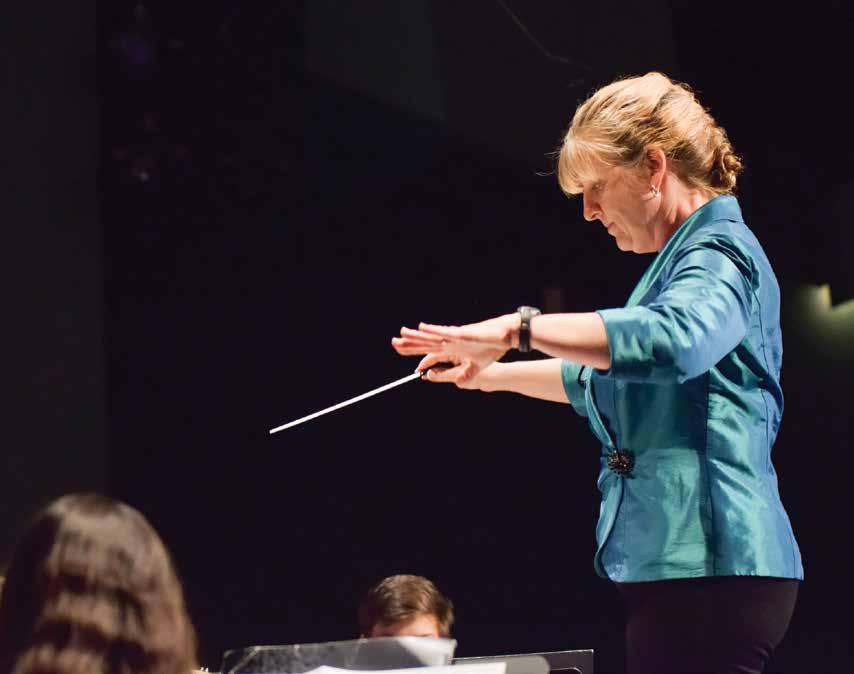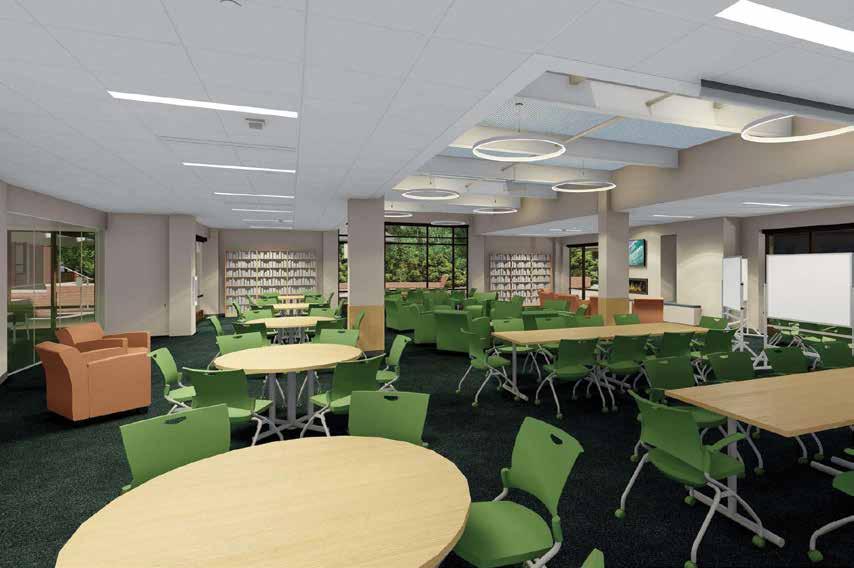
2 minute read
Building a Research Foundation
Learning how to read and interpret nonfiction is a key step toward becoming a knowledgeable researcher in later school years.
By Meghan Preslar, second-grade lead teacher
Cheetahs, robots, soccer, gemstones, chess, dolphins, jazz music, ballet, planets, pandas. These are just a few of the topics second graders dive into as they learn how to read and interpret nonfiction material for the first time. Compared to the fictional stories that children are so used to consuming, reading nonfiction requires what we call “brainy reading.” And, for young readers, it is a big step on their path to successfully taking on more sophisticated types of research and reporting as they rise in grade levels.

With all their notes, gathered facts, and newfound knowledge about their topics, students create a miniature poster presentation using a blank manila folder.
Over the course of six weeks during our Reading Workshop Nonfiction Unit, students are challenged as they decipher large, complicated words. They also learn how to use and interpret nonfiction text features—table of contents, glossary, diagrams, photographs, and captions—to glean information about a specific topic. The unit culminates with students selecting a specific topic to read, study, and report on to their peers and “Kindergarten Buddies.”
Thanks to the expansive and deep collection of books housed in the Lower School library, I am able to gather at least three age-appropriate nonfiction books about a single topic for more than 30 or so different topics. Students then “shop” for the “baggie of books” that most intrigues them to learn more.
The next step is to read the books and “stop-n-jot”—our second-grade lingo for taking notes on the facts they learn while reading. In addition to collecting data to share later, the students are also building their critical-thinking skills and learning to persevere through more challenging reading. With all their notes, gathered facts, and newfound knowledge about their topics, students create a miniature poster presentation using a blank manila folder.
The pride the students exude as they share this presentation with their Kindergarten Buddy class is an awesome thing to behold. And while they are now “experts” on cheetahs, robots, soccer, and more, our students also recognize that research is a complicated process from start to finish. They walk away with a new level of perseverance, critical thinking, research, reading, writing, and communication skills. The work we do in second grade lays the foundation for a future of research that takes place in the years yet to come!










